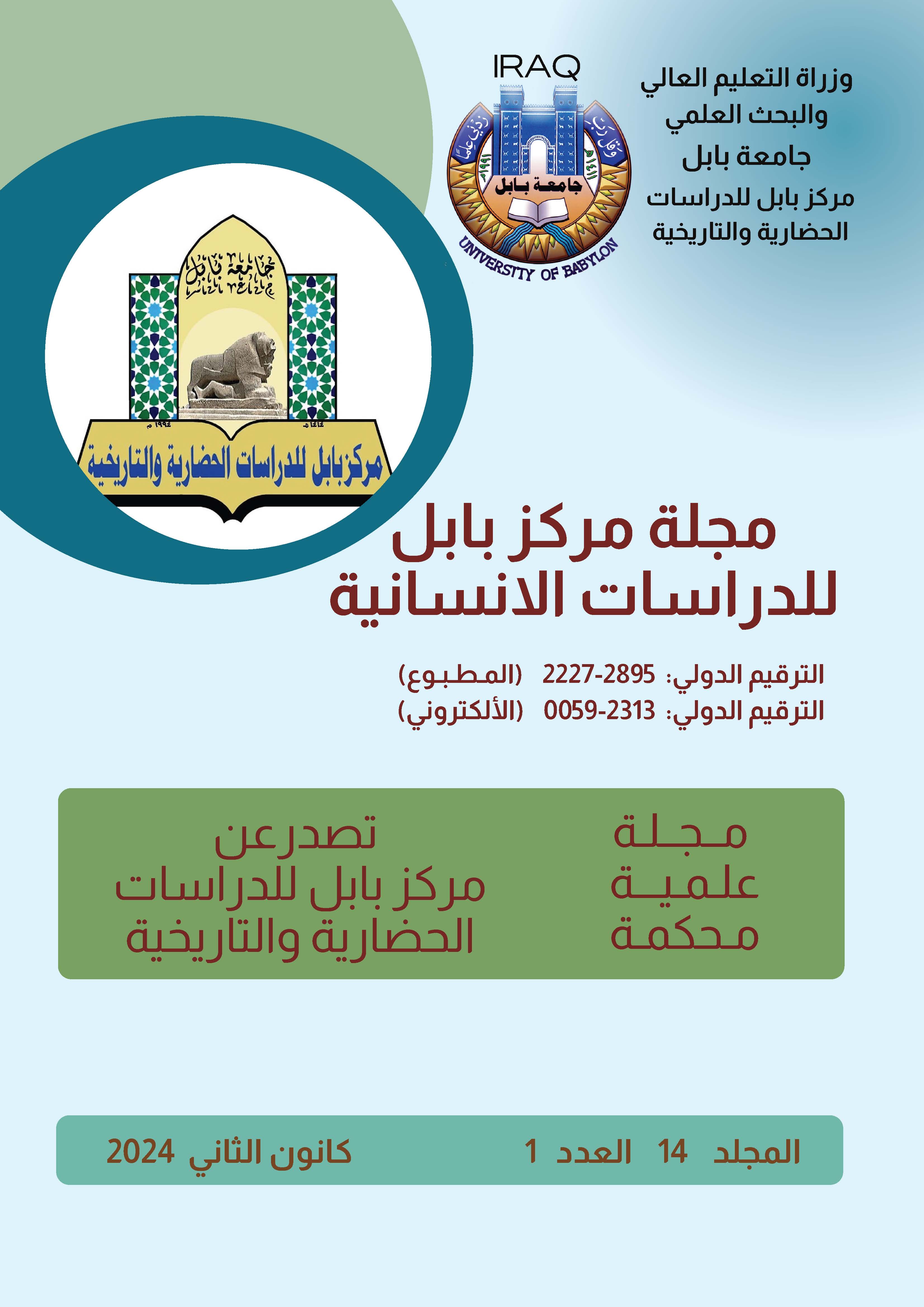Differential reinforcement methods for students with learning difficulties and slow learners
Keywords:
Reinforcement, differentiation, slow learning, differentiation, learning difficultiesAbstract
The current research aims to identify
- The percentage of students with learning difficulties in special education classes.
- The percentage of students with slow learning in special education classes.
- The level of differential reinforcement methods among students with learning disabilities.
- The level of differential reinforcement methods among slow learning students.
- Identify the statistical significance of the differences in differential reinforcement methods for people with learning difficulties and slow learners.
To achieve the objectives of the research, the researcher used the descriptive-relational method as an approach for her research procedures, and the researcher followed the scientific steps adopted in psychological measurement to build a measure of differential reinforcement methods, which consisted of (4) fields and (26) paragraphs, and after extracting the psychometric characteristics of it from sincerity and stability, it was applied The scale is based on the main research sample, and the results of the research showed the following:
- It was found that the number of students with learning difficulties reached 147
- It was found that the number of slow learners reached 198
- The students with learning difficulties do not have differential reinforcement methods
- The slow learners enjoy differential reinforcement methods
- The slow learners enjoy differential reinforcement methods more than those with learning disabilities.
Downloads
Published
2024-01-23
Issue
Section
Articles







